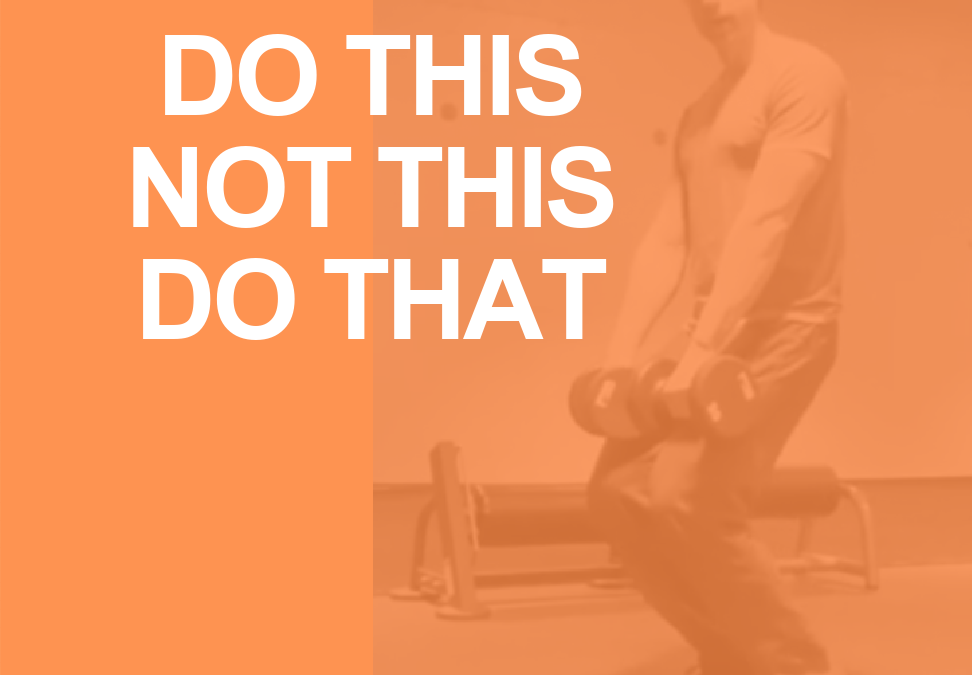Do you ever get frustrated trying to get clients to do an exercise correctly? I certainly have. Sometimes I ask myself if I said too much or not enough, which perhaps lead to confusion and a complete botchery of the exercise demonstrated. Through my experience as a personal trainer and managing other trainers in my gym over the years, I have developed a system to simplify how I demonstrate exercises to clients. The demonstrations create greater efficiency in how the clients learn the proper ways to execute the movements. This game-changer can help alleviate the pain points of exercise instruction and get your clients to learn how to execute movements the right way. I call this method “Do This, Not This, Do That.”
The “Do This, Not This, Do That” Method
First, you demonstrate the right way to do the exercise using your basic cues. Then you review and demonstrate the most common (not all) mistakes or compensations that people default to when performing the exercise (especially for the first time). Then you follow that up with another good demo or reinforcement of what the exercise should look like.
Here’s an example of what this looks like:
Exercise demonstration: Romanian Deadlift (say and show the exercise)
Do This
Stand hip-width apart, knees soft (not locked out), holding dumbbells touching your thighs. Push your hips back while keeping your shins vertical, chest lifted, and your shoulders pulled back. Once your hips are completely back, exhale and bring your hips forward and squeeze your glutes back to the standing position.
Not This
Avoid squatting down, this is a hinge, not a squat exercise. The most common mistake I see on this exercise is letting your knees move forward during this movement; doing so will take the emphasis away from the primary movers, the hamstrings. Also, don’t allow the weights to migrate away from the body, which increases shear forces on the lower back and could cause pain; keep weights in contact with the legs throughout the entire movement.
Do That
Show the exercise done in real-time. The exercise should be a model that reflects step 1 (Do This). This reinforces what the exercise looks like when performed optimally and teaches the client a better understanding of the purpose of the exercise as well as how it should feel.
Try It Out
Regardless of whether you are instructing a small group or one-on-one coaching, implementing this method of “Do This, Not This, Do That” will make you a better personal trainer, and your clients will reap the benefits. The ability to clearly show, teach, and correct all while being more time-efficient in front of the clients exemplifies expertise and professionalism.


